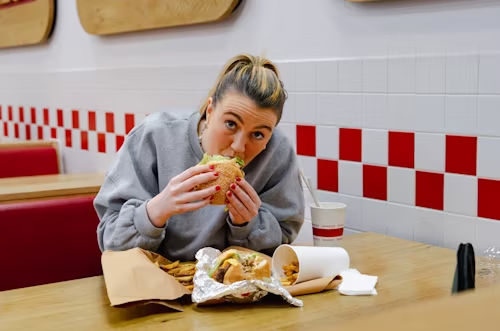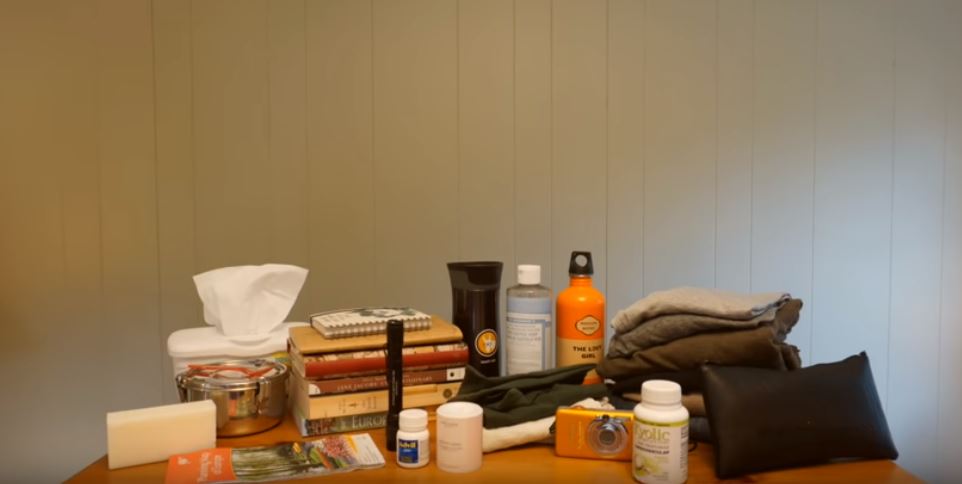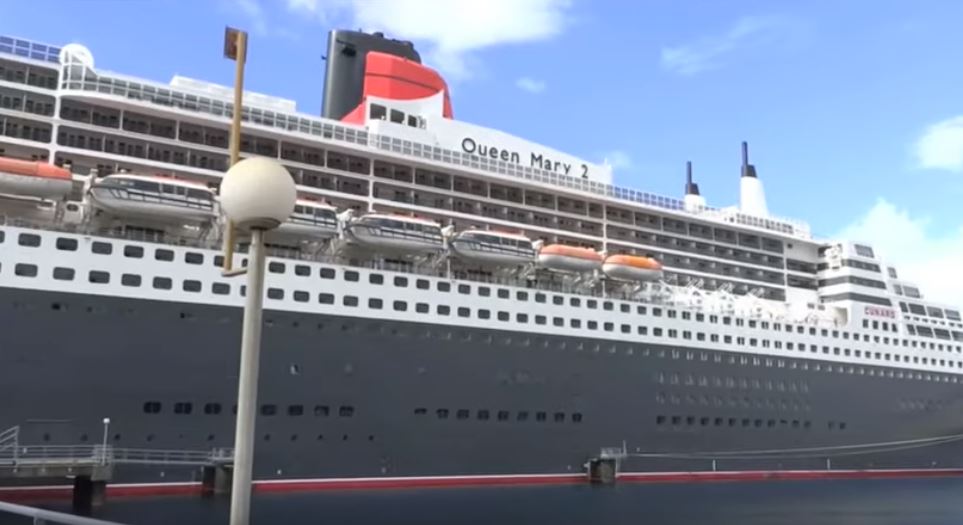5 Budget-Friendly Eating Habits That Transformed My Nightmare Vacation Into a Culinary Adventure
My first solo trip to Italy was a disaster waiting to happen.
I was 25, wide-eyed, and woefully unprepared. I’d budgeted meticulously for flights and hotels but forgot one crucial detail: food. By day three, I was surviving on overpriced airport sandwiches and gelato that cost more than my hostel bed. My stomach growled, my wallet cried, and I was one bad pizza away from cutting the trip short. Then, a kind local at a café shared a few game-changing tips that turned my trip around.
These five habits didn’t just save my vacation—they made every meal a highlight, kept my budget intact, and let me sleep soundly without the stress of overspending. If you’ve ever dreaded the cost of eating while traveling, this is for you.
Here’s how to eat better, spend less, and make your meals a joyful part of your journey.
Habit 1: Start Your Day With a Balanced Breakfast
I used to think grabbing a croissant and coffee was the ultimate travel breakfast hack. Quick, cheap, romantic—right? Wrong. By 10 a.m., I’d be starving, irritable, and scouring for overpriced snacks. That’s when I learned the power of a balanced breakfast.
A balanced breakfast fuels you for hours. Most hotels offer a complimentary continental buffet—think toast, fruit, yogurt, and coffee. In Italy, I found one with fresh figs, whole-grain bread, and a boiled egg. It was simple but kept me energized through morning museum tours.
Skipping the sugar-heavy pastries meant no mid-morning crash. I could focus on the Colosseum, not my growling stomach.
Here’s how to make breakfast work for you:
- Choose protein and fiber: Eggs, yogurt, or oatmeal over donuts or muffins.
- Leverage hotel buffets: Load up on free options like fruit, toast, and juice.
- Plan ahead: If no buffet, hit a local market for affordable staples like bananas or granola.
This habit saved me from spending €10 on a mid-morning espresso and snack.
Habit 2: Make Lunch Your Main Meal
By day four in Italy, I was broke and hungry. A waiter in Florence noticed my panic and said, “Eat big at lunch. It’s cheaper, and you’ll burn it off.” It was a lightbulb moment.
Restaurants often have lunch specials that mirror dinner menus but at half the price. In Florence, I got a hearty plate of pasta carbonara and a salad for €8—dinner would’ve been €15. That big meal powered me through an afternoon of wandering cobblestone streets.
Lunch as your main meal makes financial and physical sense. You pack in calories when you’re active, not before bed. Plus, you save money for other travel experiences.
Try these lunch strategies:
- Seek lunch specials: Ask about daily deals or check menus outside restaurants.
- Ask locals for tips: Concierges or baristas often know hidden gems serving local dishes.
- Go balanced: Pair a protein (chicken, fish) with veggies or a salad for sustained energy.
This habit cut my food budget by 30% and made every meal feel like a cultural adventure.
Habit 3: Pack a Smart Snack Bag
Halfway through a day trip to Siena, I hit a wall. No restaurants in sight, just touristy kiosks selling €5 candy bars. I was desperate until a fellow traveler shared a handful of almonds from her backpack. That’s when I realized snacks are a traveler’s secret weapon.
A snack bag saves you from overpriced tourist traps. Before a day of sightseeing, I started hitting local grocery stores for nuts, dried fruit, and crackers. In Rome, I spent €3 on a bag of apricots and walnuts that lasted three days.
It’s not just about saving money—it’s about staying in control. You eat when you’re hungry, not when a vendor decides you’re desperate.
How to build your snack bag:
- Shop local: Grocery stores have better prices than tourist shops.
- Choose non-perishables: Nuts, dried fruit, or granola bars travel well.
- Keep it light: Pack small portions to avoid weighing down your bag.
This habit kept me fueled and saved me €20+ on impulse buys.
Habit 4: Make Supper Light and DIY
After overspending on dinner in Venice (a €25 plate of mediocre risotto), I swore off expensive evening meals. A local suggested I hit a supermarket instead. That night, I made a sandwich with fresh focaccia, prosciutto, and cheese for €4. It was delicious, and I slept better without a heavy meal sitting in my stomach.
Light suppers are better for your waistline and wallet. Many hotels have fridges or microwaves—use them. In Italy, I’d buy bread, deli meats, and fruit, then eat on my hostel balcony while watching the sunset. It felt like a luxury, not a sacrifice.
This approach also lets you save for bigger experiences, like a museum ticket or a day trip.
DIY supper tips:
- Check hotel amenities: Book places with fridges or microwaves for easy meal prep.
- Visit markets: Buy local breads, cheeses, or ready-made salads for authentic flavors.
- Keep it simple: Sandwiches or fruit plates require no cooking skills.
This habit turned suppers into my favorite part of the day—and saved me enough for an extra day in Florence.
Habit 5: Experiment With Local Flavors
I’ll never forget my last night in Italy. I was hesitant to try a local dish—tripe stew—recommended by my waiter. It sounded weird, but I took the plunge. It was rich, flavorful, and only €6 at a lunch special. That moment taught me to embrace local cuisine, especially when it’s budget-friendly.
Trying local flavors doesn’t mean splurging. Street vendors, markets, and small eateries often serve authentic dishes at low prices. In Italy, I found €2 arancini that were more memorable than any fancy restaurant meal.
This habit makes eating a core part of your travel story, not just a necessity.
How to explore local cuisine on a budget:
- Ask for recommendations: Waiters or locals know affordable spots with authentic dishes.
- Hit food markets: Stalls offer cheap, fresh options like empanadas or dumplings.
- Be adventurous: Try one new dish per trip to expand your palate without breaking the bank.
This habit made every meal a story worth sharing.
I went from dreading meal costs to savoring every bite. These habits didn’t just save my trip—they made it unforgettable.



